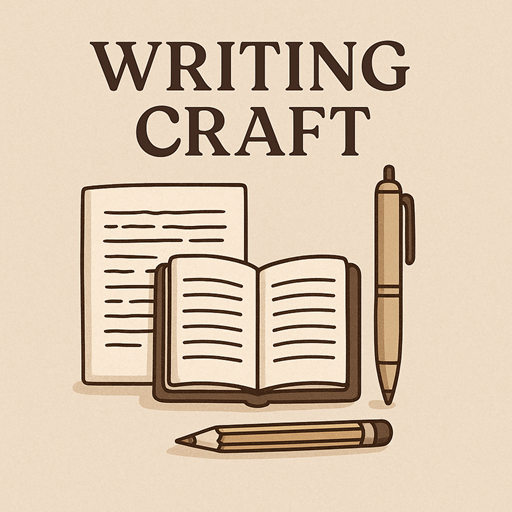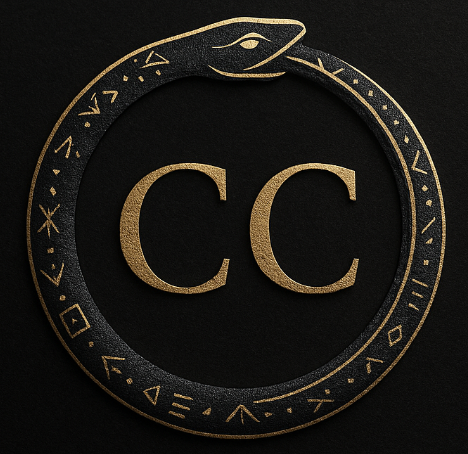Why the darkest wounds make the most unforgettable antagonists
Some villains are bad because they want power. Others are bad because they hurt — and can’t stop hurting others.
If you’re writing a villain who feels like more than a mustache-twirler — someone who believes their behavior is justified, even necessary — then you might be edging into the terrain of Cluster B personality disorders: a group of emotional and behavioral patterns that make for some of the most compelling, dangerous, and tragic characters in fiction.
Let’s take a closer look at what these disorders are, where they come from, and how they can be used (responsibly) to shape nuanced antagonists with unforgettable arcs.
What Are Cluster B Personality Disorders?
Cluster B is a category in the DSM-5 used by psychologists to describe personality disorders characterized by dramatic, emotional, or erratic behaviors. The four main types are:
- Antisocial Personality Disorder (ASPD)
- Borderline Personality Disorder (BPD)
- Narcissistic Personality Disorder (NPD)
- Histrionic Personality Disorder (HPD)
Each presents differently, but they share a core of intense emotional pain, impaired empathy, and relational dysfunction. These are not cartoon villains — they’re people shaped by trauma, usually in early life. And in fiction, that origin often gives rise to the most powerful kind of villain: the one who could have been a hero, if only their wound hadn’t swallowed them.
1. Antisocial Personality Disorder (ASPD) – The Predator
Traits:
- Chronic lying or deceit
- Lack of remorse
- Impulsivity
- Disregard for others’ rights or safety
Villain Archetype:
The cold, calculating manipulator. Often charming, always dangerous. Think Tom Ripley or Amy Dunne (Gone Girl).
Origin Story:
Many with ASPD were neglected or abused as children. Their moral compass never developed because they had no one modeling empathy. Instead, they learned to survive by controlling others first.
Why It Works:
ASPD villains create stakes. Their lack of empathy makes them terrifying. But their origins — if revealed — offer a chilling, almost sympathetic “what-if” that makes their arc tragic rather than flat.
2. Narcissistic Personality Disorder (NPD) – The Hollow God
Traits:
- Grandiosity and superiority
- Fragile self-esteem
- Exploitation of others
- Desperate need for admiration
Villain Archetype:
The cult leader, the CEO, the master manipulator who needs to be seen at all costs. Think Miranda Priestly or Tywin Lannister.
Origin Story:
Behind the mask of confidence is often a child who felt unlovable or invisible. Narcissism becomes a defense — a false self crafted to be worthy, no matter the cost.
Why It Works:
NPD villains aren’t evil for the sake of evil. They’re terrified of being nothing. Their cruelty often stems from shame. And in the hands of a skilled writer, they are both despicable and pitiable.
3. Borderline Personality Disorder (BPD) – The Abandoned Soul
Traits:
- Intense fear of abandonment
- Emotional volatility
- Unstable relationships
- Identity disturbance
Villain Archetype:
The tragic villain who burns everything they touch. Think Anakin Skywalker, Gollum, or even some versions of Harley Quinn.
Origin Story:
Usually, a combination of emotional neglect, invalidation, or abuse. These characters often have a deep capacity for love — but it’s twisted by fear and shame into obsession, rage, or betrayal.
Why It Works:
A BPD-style villain often starts out as sympathetic, even lovable — until their wound takes the wheel. Their arc is powerful because the reader wants to save them… but can’t.
4. Psychopathy (not in the DSM, but overlaps with ASPD) – The Masked Void
Traits:
- High-functioning manipulation
- No guilt or empathy
- Surface charm
- Strategic cruelty
Villain Archetype:
The classic serial killer or criminal mastermind. Think Hannibal Lecter or Villanelle (Killing Eve).
Origin Story:
Still debated, but often seen as a mix of nature and nurture. Psychopaths may be born with underactive fear responses and raised in environments that reinforce detachment.
Why It Works:
Psychopaths are fascinating precisely because they fake being human so well. They are mirrors held up to our deepest fears: what if someone around you doesn’t feel anything at all?
Why These Villains Feel So Real
People with Cluster B traits are often survivors of trauma — and so are many protagonists. The difference is how they respond.
Where the hero learns to heal, the villain often doubles down on their defense mechanisms. They believe a lie about the world — usually something like:
- “If I’m not in control, I’ll be destroyed.”
- “If I show weakness, no one will love me.”
- “People are tools or threats — nothing more.”
These beliefs are often tragic misunderstandings rooted in childhood pain. And in the hands of a good writer, the story becomes a slow dance toward truth — one the villain usually resists until the bitter end.
The Tragic Arc of the Wounded Antagonist
What makes these villains unforgettable isn’t just their threat level — it’s their almost-ness.
They almost become more.
They almost heal.
They almost believe the love offered to them.
But instead, they self-destruct. Or cling to the lie. Or destroy what could have saved them.
This arc works because it reflects the dark mirror of the hero’s journey: the path not taken, the pain not faced. It shows us what happens when the wound wins.
A Word of Caution
If you’re drawing from real psychological conditions, write with empathy and nuance. Avoid using terms like “crazy” or “psycho.” Fictional villains inspired by these patterns should be human, not diagnoses with legs.
Your goal isn’t to pathologize — it’s to understand, and use that understanding to build characters who bleed off the page.
Final Thought: Monsters Aren’t Born. They’re Wounded.
Great villains remind us of something uncomfortable: that the capacity for darkness lives in all of us. That unchecked pain can warp a soul.
But in fiction, as in life, the most dangerous people are often the ones who needed love most — and never got it.
So write your villains with the same care you give your heroes.
Because behind every “evil” is usually a child who believed something false… and never found their way out.


